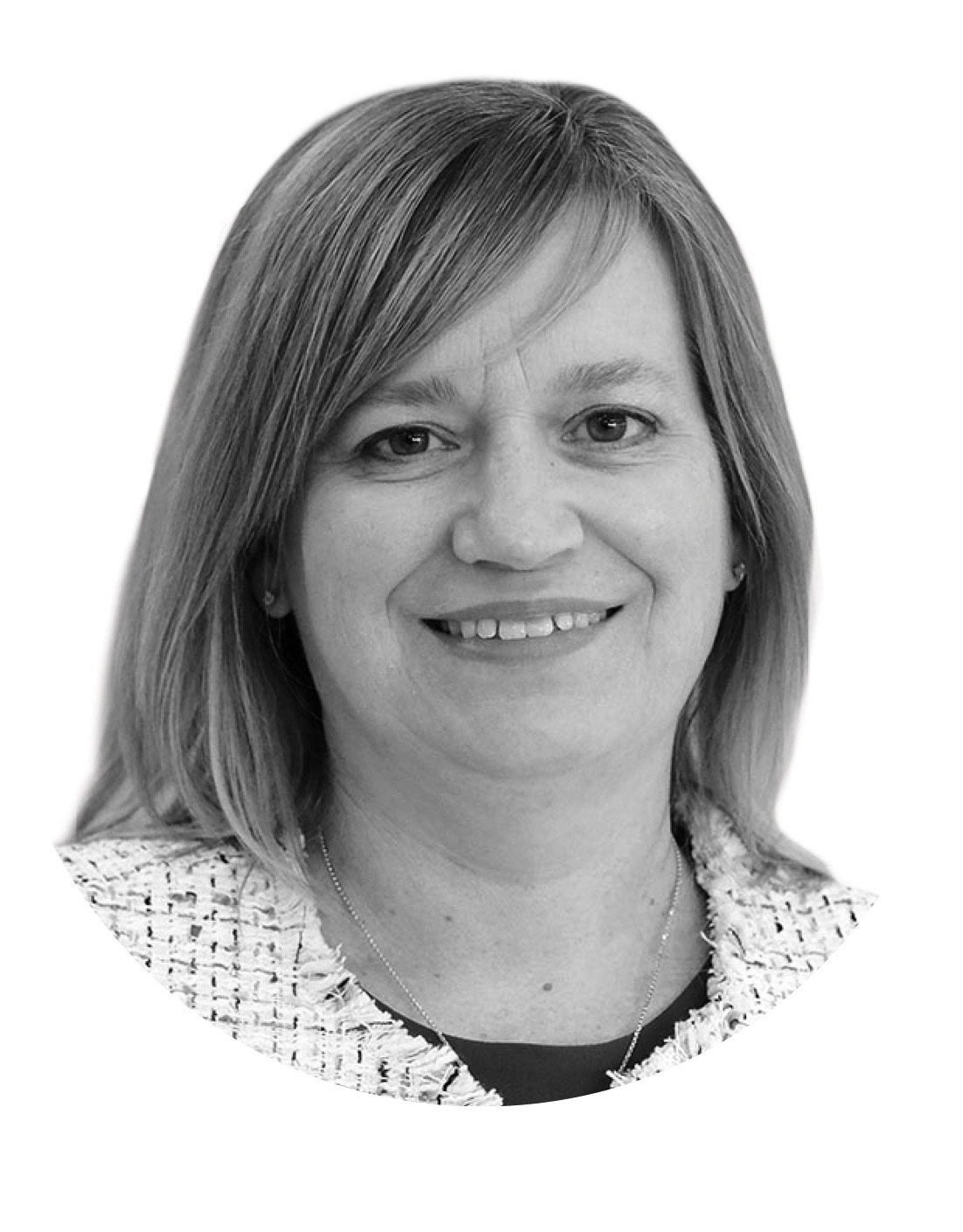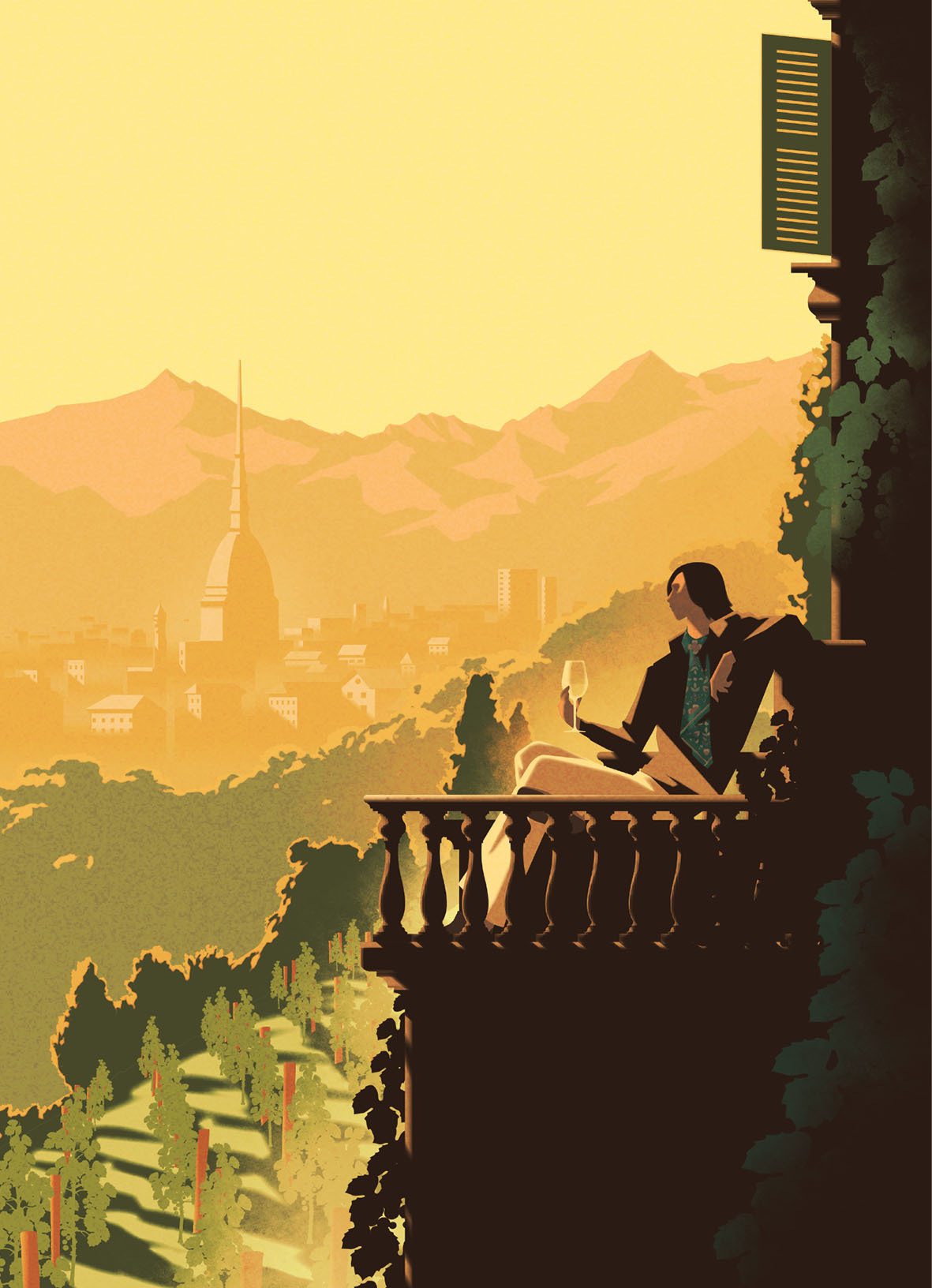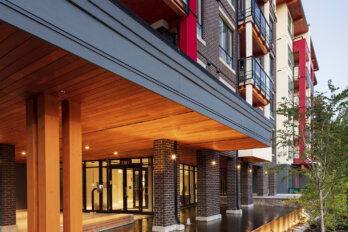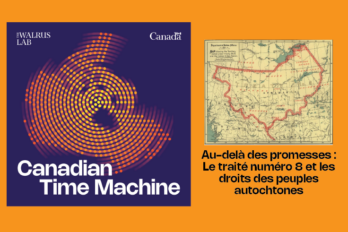Y WE TRAVEL
Why do we travel? For too long, we took this question for granted. Travel can make our large world small, and we forgot what a gift this is until it all got taken away from us not too long ago. Today, we’re returning to the skies in record numbers, but with a more appreciative mindset. It’s a perfect moment to take stock. The contributors to the “Y WE TRAVEL” series are accomplished writers from all walks of life. Over the length of this series, they will explore the diversity of purpose in our journeys—not just where or how, but why. On behalf of Toronto Pearson Airport and the Canadian Airports Council, please enjoy.
One of the great things about being a writer is the places you get to go. Growing up on a small First Nation in Central Ontario, my idea of an exotic location was Toronto. I mean they had movies at all hours of the day, people and restaurants from all over the world. That was as far as my imagination went.
Over the years, though, I’ve been to about twenty-five countries on all the major continents and had many amazing adventures along the way. My bar for amazement has risen.
One of the more unique and pleasurable of these adventures was a book fair I attended in Turin, Italy. The theme of this particular fair was Canada, and I was among a dozen Canadian writers invited to visit and share our stories.
This is why we travel: to lose ourselves in the moment,
and perhaps the wine, and to commune with something
larger and more beautiful.
We were given tours of the city, the surrounding land and their history. I saw a building built hundreds of years ago by the ruling Savoys in honour of Italian soldiers who had gone to Canada to help the French deal with some rebel Indigenous populations. The brick inlay contained the outline of a Native “savage,” or what the Savoys thought one looked like. Mixed feelings were definitely experienced.
But it was a trip up a mountain that was perhaps the most memorable, even though parts of it remain fuzzy. Let me explain.
Where We Travel

“I grew up in Port aux Basques, a small ferry town in western Newfoundland and Labrador where the Trans-Canada Highway meets the Cabot Strait. My upbringing there influenced my love of travel in two ways: I saw tourists passing through our town, which made me realize western Newfoundland and Labrador offered something very special to visitors; and I revelled in the annual adventures my parents planned for us to places like Michigan, Ontario, and the Maritimes. I loved Port aux Basques, but there was a big world they wanted us to explore. I think about those days regularly in my role at Deer Lake Regional Airport, which has influenced my love of travel in similar ways. I see tourists arrive, eyes wide with anticipation, on their way to the UNESCO World Heritage sites of Gros Morne, L’Anse aux Meadows, and Red Bay. We have also instilled this curiosity about the world in our children. I recently departed with my daughter and our friends on an adventure reminiscent of my childhood: Athens and the Mediterranean islands. Greece was like nothing they knew, and that was the point—there’s a big world out there and new experiences I want them to discover.”
– Tammy PriddleCEO, Deer Lake Regional Airport
About two hours outside Turin, in the foothills of the Alps, our busload of Canadian writers visited a local winery and restaurant. It was midday, and we saw how the winery worked and all the interesting things that go into producing world-class wine. As a further indulgence, we were treated to lunch. And what a lunch!
As was the tradition, the meal consisted of five courses: soup, salad, pasta, meat, and dessert, served slowly one after another. All incredibly yummy, and confirming that most of us had become writers for just these kinds of fringe benefits.
Here’s where things got interesting. Accompanying each course were not just one glass of wine but two: a white and a red. Each glass was picked to highlight and enhance the dish. I had never experienced this before, and nor had many of my compatriots. There were several local people eating with us, as well as our tour guides, and so we took our etiquette cues from their actions. They would politely sip as they consumed their lunch, seldom reaching even the halfway point before each glass was taken away with the empty plates and, I presume, dumped down the drain. The next course was brought out with two different glasses of wine. This was repeated until lunch was over.
This was, we assumed, the custom of the area, if not the entire country.
Now remember, this was a winery, so the wine was, simply put, exquisite. I’m primarily a red wine drinker but the white was as tasty to me as my normal libation. Also, it’s important to keep in mind that we were “barbarian” Canadians—and writers to boot—with that reputation for enjoying alcohol in its many forms. The idea of all that wonderful wine going to waste, being poured into the sewer, was a real shame. Especially to Canadians old enough to have been weaned on dubious beverages like Baby Duck, Cold Duck, and various other kinds of Duck. Pouring out wine of this calibre felt like sacrilege.
I don’t think it was our conscious or collective decision, it just happened. Knowing the half-filled wine glasses were soon to be taken away, we began to drink faster. The wine became as important as the food, and by golly, we were not going to let such ambrosia go to waste. So we would say, “Wait, wait, wait!” and gulp the wine.
And so it was that, halfway up the foothills of the Alps at a delightful winery, we drank about ten glasses of wine each in an hour and a half. As we were ushered out to the patio afterward, our conversation waned. On the front lawn, overlooking the scenic valley, were several benches. If I remember correctly, we sat there for a while, taking in the scenery, nursing cappuccinos, and being one with the universe. This is why we travel: to lose ourselves in the moment, and perhaps the wine, and to commune with something larger and more beautiful.
If I remember correctly, the ride home back to the hotel, through cruel Italian traffic, was oddly quiet. I may have even noticed several pairs of closed eyes on the journey.
Drew Hayden Taylor is an award-winning playwright, novelist, journalist, and filmmaker. Born and raised on the Curve Lake First Nation, he has worn many hats, from performing stand-up comedy at the Kennedy Center in Washington DC to serving as artistic director of Canada’s premiere Indigenous theatre company, Native Earth Performing Arts. His thirty-fifth book, the novel COLD, was released by McClelland & Stewart in 2024.
Explore the rest of the Y WE TRAVEL series.




